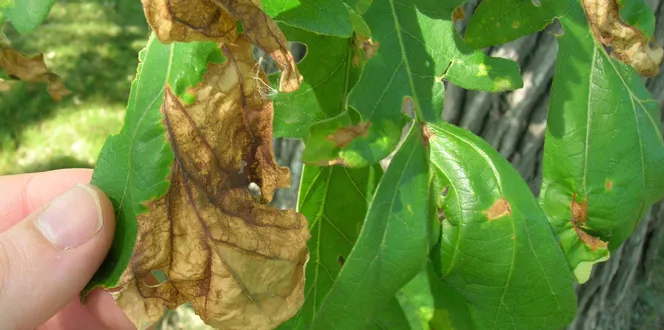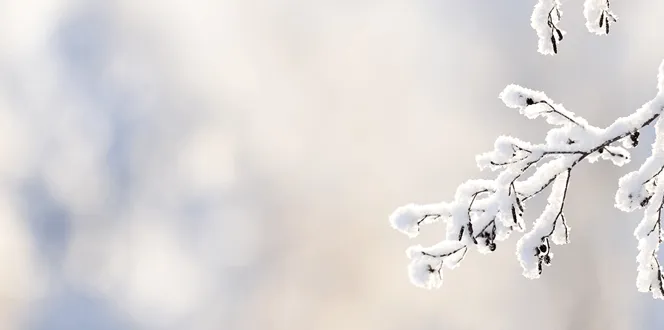Have you noticed your plants’ leaves shift from thick and hardy to thin and lacy this summer?
Frilly foliage is a sure sign that Japanese beetles have been chomping on the leaves and flowers of your landscape plants. They gnaw leaves down to the vein, leaving them skeletonized. Japanese beetles usually start feeding at the top of a tree and make their way down. In the worst cases, defoliating the entire tree.
Luckily, there are tons of ways to do away with these leaf-loving pests. Keep reading to find the best method for your plants.
What Methods Are Used To Control The Japanese Beetle?
How To Get Rid Of Japanese Beetles On Trees In Summer & Fall
On small trees, try using a foliar application of an insecticide labeled for Japanese beetles. Multiple applications during the beetle flight period may be necessary. Alternatively, netting can be applied as a physical barrier (after pollination has occurred) to protect plants.
Home Remedies To Control Japanese Beetle Infestations In Summer
The most basic household items—soap and water—can help control your Japanese beetle infestation. If you have a small infestation, pick or shake bugs off trees and plants and drop them into soapy water to kill them.
DO NOT use Japanese beetle traps. Research shows that traps actually increase Japanese beetle populations as the lures draw them in from far away.
How To Get Rid Of Japanese Beetle Grubs In Fall
It's best to manage Japanese beetle grubs in your lawn with a preventative treatment: See our recommendations here.
Controlling Japanese beetle grubs is a smart way to protect your lawn. But it doesn’t mean Japanese beetles won’t return to eat your plants next year anyway. Japanese beetles can (and will) fly miles to eat your delicious garden.





